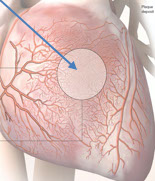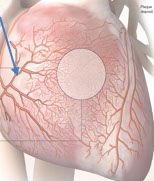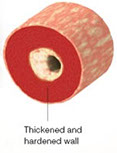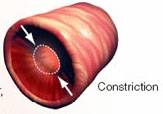
Cardiologist
Clinical Pharmacist
4. Experts
6/8
Please see the graphic for a comparison between MVD and ASCVD.
Attributes
Affected Area
MVD
Small Arteries
MVD affects the small arteries (arterioles) that nourish the heart muscle.

ASCVD
Large Arteries
ASCVD affects the large coronary arteries that deliver blood to the heart

Pathology
Arterial Blockage
In ASCVD the large coronary arteries gradually fill with plaque. This plaque can slow and completely block the flow of blood to the heart.

Arterial Narrowing
In MVD the buildup of plaque spreads evenly within the walls of the small arteries. There may be no obvious blockage, but blood flow is still low.

Affected Patient
Population
Primarily Men
Men, and older women, are more likely to have traditional (sometimes call obstructive) hear disease.

Primarily Women
Women (particularly younger women) are more likely than men to have MVD. Two to 3 million women in the US have MVD, with 90,000 new cases each year.

Diagnosis
Conventional Tests
ASCVD is diagnosed through conventional testing, such as
Coronary angiography. This test uses dye and x-rays to graphically show the insides of the large coronary arteries.
Stress Testing. This test shows how blood flows through the heart during exercise.

Unconventional Tests
Conventional tests for ASCVD aren’t designed to diagnose MVD.
Because MVD symptoms often occur during daily routine tasks, a questionnaire titled the Duke Activity Status Index (DASI) is often administered to patients experiencing ischemia with negative angiography results. This questionnaire assesses how well patients are able to perform daily tasks, such as laundry, shopping, and cooking.

All original content © 2014 TTUHSC LWBIWH, All rights reserved.







